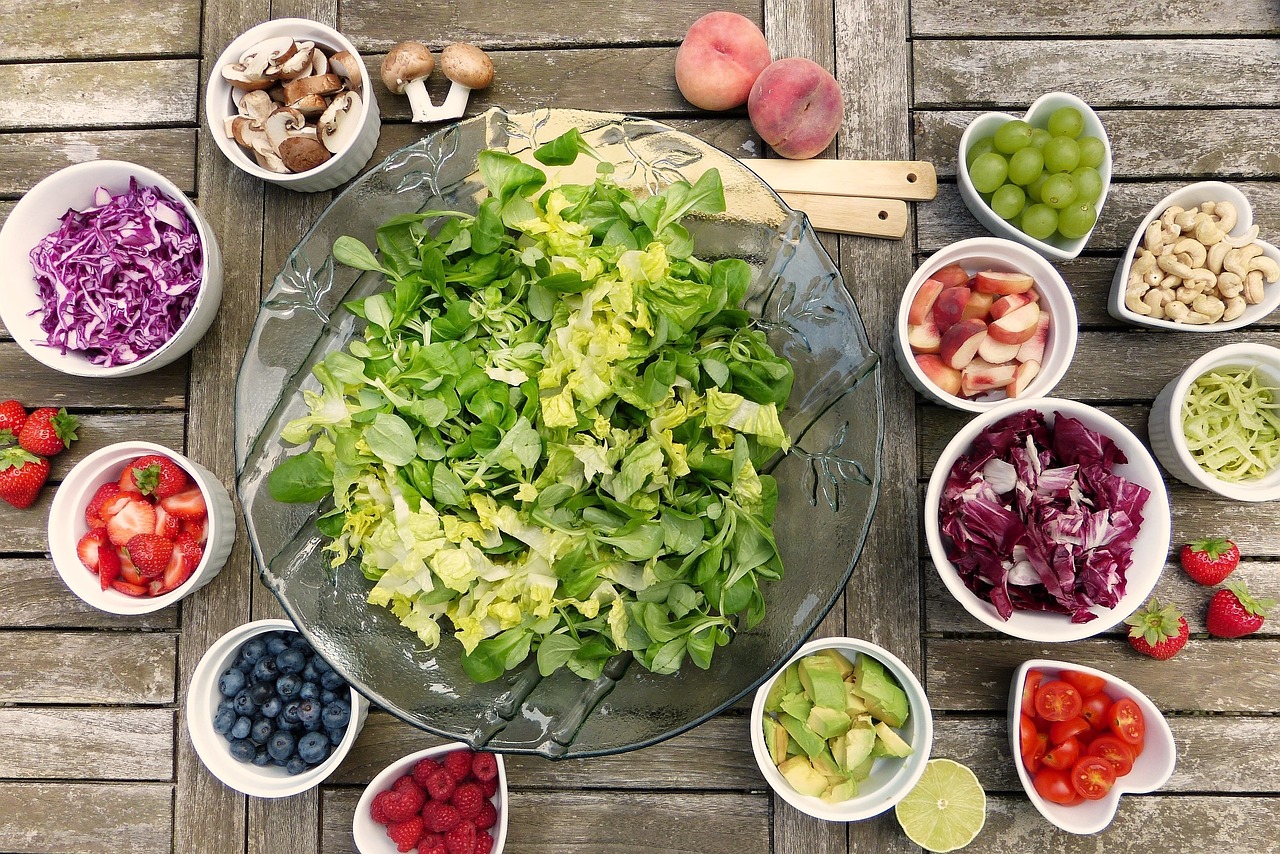
A two-day meeting was held with the aim of expanding the available range of Hungarian products.Continue reading

In recent years, there have been a number of campaigns to increase the consumption of Hungarian food products, but if you look at the shelves in the shops, it is sometimes difficult to do. However, prices are significantly higher in the case of some Hungarian food products than in those of imports.
The Ministry of Agriculture and Forestry distinguishes three categories based on the origin of the ingredients and the place of processing:
Some product categories are defined by labeling goods as Hungarian.
The National Food Chain Safety Office periodically checks the Hungarian, domestic, and domestically produced products on the shelves of stores to ensure that only goods that meet the criteria are indeed marked with this label. It also monitors the proportion of Hungarian and foreign products in the shops for each product category.
As for 2020 data, including honey, milk, packaged fresh chicken meat, and eggs, more than 90% of the products on the shelves of the surveyed stores are Hungarian. However, these figures have also deteriorated compared to the previous survey.
Domestic cheese, ham, and yogurt do not even reach a 50% share. The survey found that 70.53% of all products were Hungarian, an 8% drop compared to the 2014 survey.
The survey also looked at the proportion of international and domestic supermarket chains selling the products in the categories surveyed. It shows that in most cases Hungarian food products are predominantly found on the shelves of domestic chains.
The experience of recent years shows that in many cases it has been possible to reverse or improve the import-Hungarian ratio for a particular product range, but demand does not always automatically shift towards domestic products. This is often due to the low prices of imported products, and also to the fact that there are fewer alternatives for domestic products.
Via: oeconomus.hu; Featured image: Pixabay.